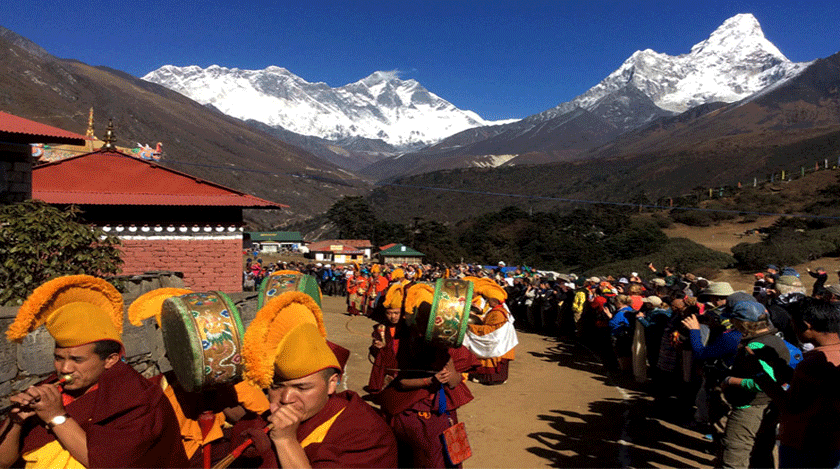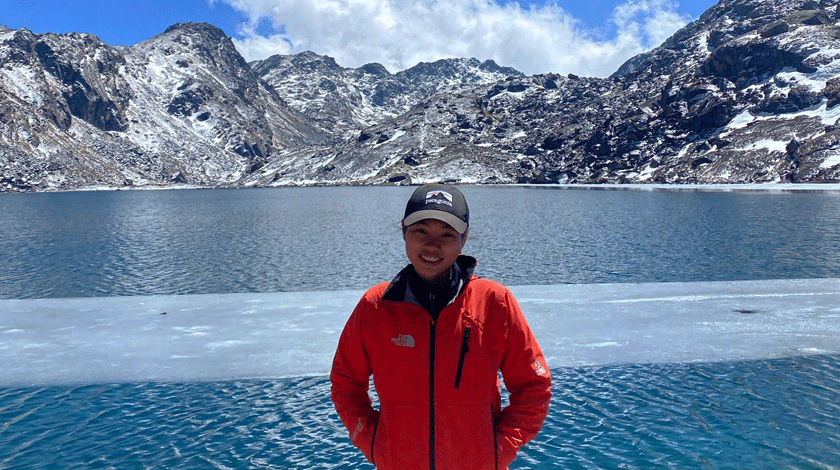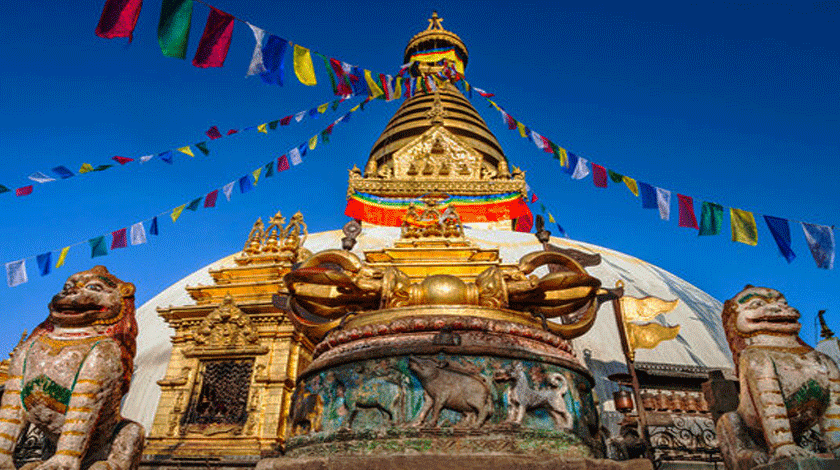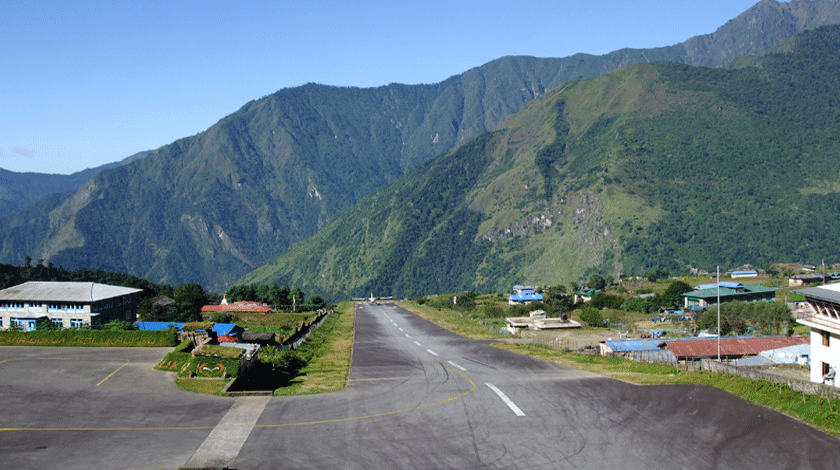Plants found in Everest region
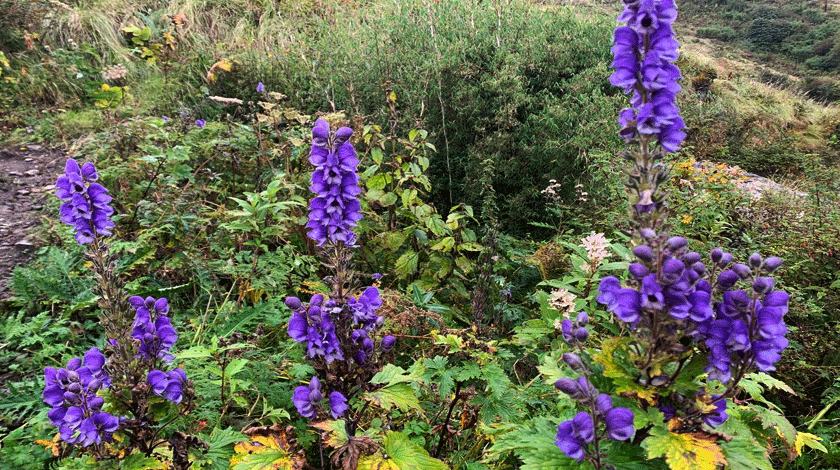
Flora of the Everest Region: A Comprehensive Guide to Plants in the Roof of the World
The Everest region, part of the majestic Himalayan range in Nepal, is home to a remarkable variety of plant species that have adapted to survive in one of the world’s most extreme environments. From the temperate forests at lower elevations to the hardy specimens found near the snowline, the region’s flora tells a fascinating story of survival and adaptation in the face of harsh conditions.
Ecological Zones and Plant Distribution
The Mount Everest region features distinct ecological zones, each supporting unique plant communities. As elevation increases, the vegetation changes dramatically, creating a natural laboratory of plant adaptation and survival strategies. Starting from the lower valleys at around 2,000 meters up to the highest vegetated areas at approximately 6,000 meters, we find various plant species adapted to specific altitude ranges.
Lower Temperate Zone (2,000-3,000 meters)
In the lower temperate zones, dense forests dominate the landscape. Here, visitors can find:
The magnificent Himalayan Blue Pine (Pinus wallichiana), reaching heights of up to 30 meters, creates a stunning canopy with its drooping needles and characteristic blue-green color. These trees provide essential habitat for numerous wildlife species and help prevent soil erosion on steep mountain slopes.
Eastern Himalayan Fir (Abies spectabilis ) stands proudly alongside the blue pines, its dark green needles and upright cones adding to the forest’s diversity. The fir’s bark contains valuable medicinal properties, traditionally used by local communities for various ailments.
Rhododendron arboreum, Nepal’s national flower, paints the forests with brilliant red blooms during spring. These ancient trees can live for hundreds of years, serving as living witnesses to the region’s history.
Details name List
– Pinus wallichiana (Himalayan Blue Pine)
– Abies spectabilis (Eastern Himalayan Fir)
– Rhododendron arboreum (Tree Rhododendron)
– Tsuga dumosa (Himalayan Hemlock)
– Quercus semecarpifolia (Brown Oak)
– Acer campbellii (Campbell’s Maple)
– Magnolia campbellii (Pink Magnolia)
– Alnus nepalensis (Nepal Alder)
Shrubs
– Berberis aristata (Indian Barberry)
– Viburnum grandiflorum (Himalayan Viburnum)
– Daphne bholua (Nepali Paper Plant)
– Pieris formosa (Himalayan Andromeda)
– Rosa sericea (Silky Rose)
Herbs and Small Plants
– Primula denticulate (Drumstick Primrose)
– Arisaema tortuosum (Whipcord Cobra Lily)
– Lilium nepalense (Nepali Lily)
– Hedychium spicatum (Spiked Ginger Lily)
– Bergenia ciliata (Hairy Bergenia)
– Iris clarkei (Clarke’s Iris)
Middle Alpine Zone (3,000-4,000 meters)
As we ascend into the middle alpine zone, the vegetation transitions to smaller trees and hardy shrubs:
Juniperus recurva (Himalayan Juniper) has become prevalent, and its aromatic wood is considered sacred in Buddhist traditions. Local monasteries often burn juniper branches as incense during religious ceremonies.
Various species of dwarf rhododendrons carpet the hillsides, including Rhododendron anthopogon and Rhododendron lepidotum. These smaller cousins of the tree rhododendrons produce delicate pink and white flowers, creating breathtaking displays during the brief growing season.
Trees and Large Shrubs
– Juniperus recurva (Himalayan Juniper)
– Betula utilis (Himalayan Birch)
– Rhododendron campanulatum (Bell Rhododendron)
– Sorbus cuspidata (Himalayan Mountain Ash)
Small Shrubs
– Rhododendron anthopogon (Dwarf Rhododendron)
– Rhododendron lepidotum (Scaly Rhododendron)
– Rhododendron setosum (Bristly Rhododendron)
– Lonicera angustifolia (Narrow-leaved Honeysuckle)
– Cotoneaster microphyllus (Small-leaved Cotoneaster)
Herbs and Ground Cover
– Gentiana prolata (Himalayan Gentian)
– Primula sikkimensis (Sikkim Primrose)
– Meconopsis horridula (Blue Poppy)
– Anaphalis triplinervis (Triple-nerved Pearly Everlasting)
– Corydalis cashmeriana (Kashmir Corydalis)
– Androsace lehmanniana (Rock Jasmine)
Upper Alpine Zone (4,000-5,000 meters)
The upper alpine zone presents some of the most interesting adaptations to extreme conditions:
Saussurea gossypiphora, known as the “snow lotus,” is perhaps one of the most remarkable plants in this zone. It protects itself with a thick coating of woolly fibers, appearing like a small, white cotton ball nestled among the rocks.
Potentilla fruticosa shows incredible resilience, its yellow flowers brightening the rocky landscape. This hardy shrub has developed specialized leaves that help it conserve water and withstand intense UV radiation.
Dwarf Shrubs
– Potentilla fruticosa (Shrubby Cinquefoil)
– Ephedra gerardiana (Gerard’s Joint Fir)
– Juniperus communis (Common Juniper – dwarf form)
– Cassiope fastigiata (Himalayan Heather)
Alpine Herbs and Cushion Plants
– Saussurea gossypiphora (Snow Lotus)
– Delphinium brunonianum (Musk Larkspur)
– Rhodiola himalensis (Himalayan Stonecrop)
– Saxifraga pulvinaria (Cushion Saxifrage)
– Leontopodium himalayanum (Himalayan Edelweiss)
– Arenaria polytrichoides (Moss Sandwort)
Ground-Hugging Plants
– Thylacospermum caespitosum (Cushion Pink)
– Waldheimia glabra (Dwarf Sunflower)
– Picrorhiza kurrooa (Kutki)
– Bistorta affinis (Himalayan Fleece Flower)
– Androsace tapete (Carpet Androsace)
Notable Medicinal Plants Across Zones
– Neopicrorhiza scrophulariiflora (Kutki)
– Ophiocordyceps sinensis (Yarsagumba)
– Dactylorhiza hatagirea (Panchaule)
– Aconitum heterophyllum (Atis)
– Nardostachys grandiflora (Jatamansi)
– Swertia chirayita (Chirayita)
Nival Zone (Above 5,000 meters)
In what might seem like an impossible environment for plant life, several species still manage to thrive:
Arenaria polytrichoides form small, dense cushions that help it survive extreme temperatures and strong winds. These plants appear as green dots against the brown and grey landscape of rocks and scree.
Various species of lichens continue to grow even at these extreme altitudes, clinging to rocks and contributing to the slow process of soil formation.
Medicinal Plants of the Region
The Everest region is particularly notable for its wealth of medicinal plants, many of which have been used in traditional medicine for centuries:
Neopicrorhiza scrophulariiflora, found between 3,500-4,800 meters, is highly valued in traditional medicine for treating liver disorders and fever. Its roots contain powerful bioactive compounds.
Cordyceps sinensis, though technically a fungus rather than a plant, is one of the most valuable organisms found in the region. Known locally as “Yarsagumba,” it has been used in traditional medicine for centuries and commands high prices in international markets.
Conservation Challenges
The unique flora of the Everest region faces numerous challenges in the modern era:
Climate change poses a significant threat, as warming temperatures force plants to adapt or move to higher elevations, potentially leading to the extinction of species that cannot adapt quickly enough.
Increased tourism and development in the region have led to greater pressure on plant populations, particularly those species used for firewood or medicine.
Overgrazing by livestock in some areas affects plant regeneration and community composition.
Conservation Efforts
Several initiatives are currently underway to protect the region’s unique plant life:
The Sagarmatha National Park, established in 1976, provides protected status for many of the region’s plant species and their habitats.
Local communities are increasingly involved in conservation efforts, combining traditional knowledge with modern scientific approaches to ensure sustainable use of plant resources.
Research programs monitor plant populations and study their responses to environmental changes, helping inform conservation strategies.
Significance for Global Biodiversity
The plant species found in the Everest region are not just locally important; they contribute significantly to global biodiversity:
Many species are endemic to the region, meaning they are found nowhere else on Earth.
The genetic adaptations these plants have developed to survive in extreme conditions could prove valuable in understanding plant resilience and adaptation to climate change.
The region serves as a natural laboratory for studying how plants adapt to extreme conditions, providing insights that could be valuable for agriculture and conservation in other parts of the world.
Best Times for Botanical Exploration
For visitors interested in experiencing the region’s flora:
Spring (March to May) offers the most spectacular displays of flowering species, particularly rhododendrons.
Summer (June to August) provides the best opportunities to observe high-altitude species in bloom.
Autumn (September to November) showcases interesting seed formations and fall colors.
Conclusion
The plant life of the Everest region represents one of Earth’s most remarkable examples of biological adaptation and resilience. From the towering blue pines in the lower valleys to the tiny cushion plants near the snowline, each species tells a story of survival in one of the world’s most challenging environments. As climate change and human activities continue to impact these fragile ecosystems, understanding and preserving this unique botanical heritage becomes increasingly important.
For visitors to the region, the diverse flora adds another dimension to the already spectacular landscape, making every trek an opportunity to witness nature’s incredible adaptability and beauty. As we continue to study and protect these remarkable plants, they remind us of the delicate balance between human activities and natural preservation in one of the world’s most extraordinary places.



